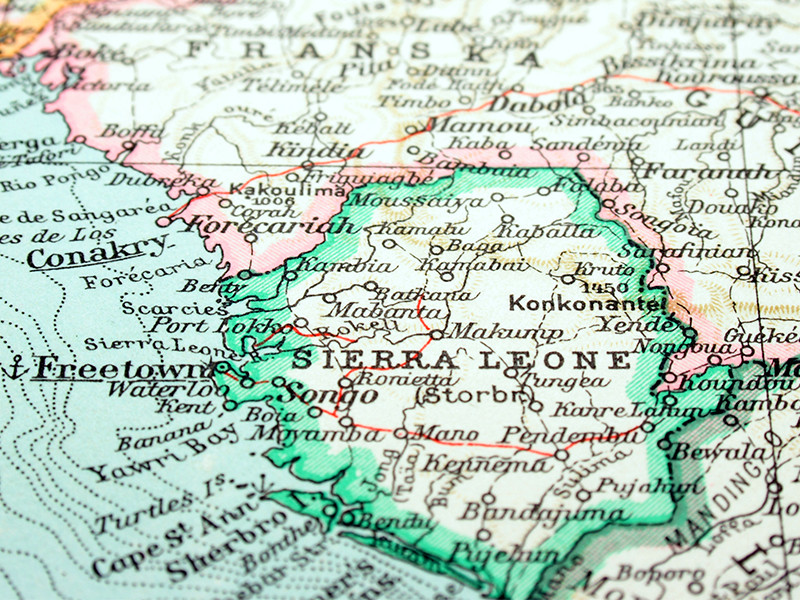Zimbabwe Under Colonial Rule, in Government Reports, 1897–1980

Annual departmental reports relating to Southern Rhodesia, 1897–1980
The outbreak of rinderpest early in 1896 destroyed the means of transport, and this, followed almost immediately by an extensive native rising, practically confined operations (save those of maintenance) to the line of railwayPostmaster General, 1896-1938
Access the full collection
Access the full archive of Zimbabwe Under Colonial Rule, in Government Reports, 1897–1980.
Institutional Free Trial
Start your free trialRegister for a free 30-day trial of Zimbabwe Under Colonial Rule, in Government Reports, 1897–1980, for your institution.
Institutional Sales
Visit Sales PagesellFor more information on institutional access, visit our sales page.
Single User License
Purchase a license below to view the full collection.
Already have a license? Sign in.
Discover how Zimbabwe's Ndebele natives were treated by the British

This collection provides a unique opportunity to explore the British administration in Zimbabwe by looking at annual governmental reports. In the 1880s, Cecil Rhodes and the British South Africa Company started to make inroads into the region that is now known as Zimbabwe. In 1895 the British South Africa Company adopted the name “Rhodesia” for the area, as an honour to Cecil Rhodes. However, in 1898 the official name of the region became Southern Rhodesia. In October 1923, following a new constitution, Southern Rhodesia became a self-governing British colony. While the colony was self-governing and technically could draft its own legislation it was still subject to supervision. This collection allows you to explore this in more detail. The collection compromises of over 90,000 pages of progress reports written by various government departments in Zimbabwe.
This collection, drawn from the British Foreign & Commonwealth Office records, contains a wealth of information on how Zimbabwe was run by the British. The documents within the collection are dated between 1897 and 1980, just before Zimbabwe’s independence from Britain in April 1980. The documents are conveniently divided between 12 volumes, each compromising reports from different government departments at the time. The volumes include: Administration 1897-1977, Auditor General 1914-1980, Accounting Estimates 1899-1980, Miscellaneous Financial Records 1918-1980, Judicial and Police 1897-1979, Natural Resources 1897-1981, Social Services 1897-1980, Transport and Public Works 1897-1980, Communications and Post Office Savings 1896-1980, Commerce, 1899-1980, Corporations and Boards 1926-1980 and Meteorology, Public Relations and Tourism 1897-1980.
The subject matter varies between each report. Topics such as finance, court, policing, accounts, agriculture and education in Zimbabwe are touched on within the reports. Colonial Zimbabwe had a system of white minority rule and a lot of the laws imposed reflected this, for example, the 1930 Land Apportionment Act in fact restricted black land ownership in areas of the country. This in turn meant large areas were kept solely for the white minority, this led to rapid anti-colonial resistance. Some of the documents within the collection reflect the government's responses to this anti-colonial resistance, for example, the Shona and Ndebele Risings of 1896-1897. The records also highlight the difficulties caused by the Smith government’s Unilateral Declaration of Independence in 1965 and the ensuing decades of white minority rule.
The collection offers a unique perspective on the British administration in Zimbabwe via official government reports. British colonial rule in Africa has received extensive scholarly attention. The documents within this collection would be particularly beneficial to researchers and students who are not only interested in the economic history of a South African country, but also the social history. The documents provide an overview of the evolution of colonial rule from the perspective of colonial administrators. A comprehensive look at the yearly reports reveals how the structure of the colonial government changed over time, which in turn helps to build a full picture of Zimbabwe under colonial rule. The documents would be useful for researchers who are studying how Zimbabwe changed after independence in 1980.
Contents
Zimbabwe Under Colonial Rule, in Government Reports, 1897–1980...
Annual departmental reports relating to Southern Rhodesia, 1897–1980
Discover
Highlights
Insights
Out of all of Britain’s African colonies, Southern Rhodesia was one of the most prosperous and heavily settled.
The records in this collection not only illuminate the Blue Books of Statistics in Southern Rhodesia, but also offer explanations of why the statistics were at the levels recorded, making it an invaluable source of exploration.
The colony had a system of white minority rule and a lot of the laws imposed reflected this, for example, the 1930 Land Apportionment Act in fact restricted black land ownership in areas of the country. This in turn meant large areas were kept solely for the white minority, this lead to rapid anti-colonial resistance.
These reports are arranged by the departments which they cover within Southern Rhodesia. Comparing the data in them shows how each area of government has developed over the years.
These papers cover the Second Matabele War in Mashonaland, now known as the First Chimurenga, and describe its aftermath.
The social service volume provides a detailed look into education in Southern Rhodesia, as well as discussion on the fear of the diminution of African education after economic issues in the 1930s.
Unlock Historical Research for Your Institution
Provide your students and researchers with direct access to unique primary sources.









